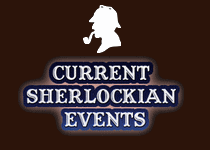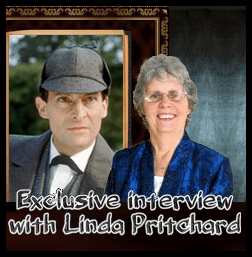A Compass Points the Way

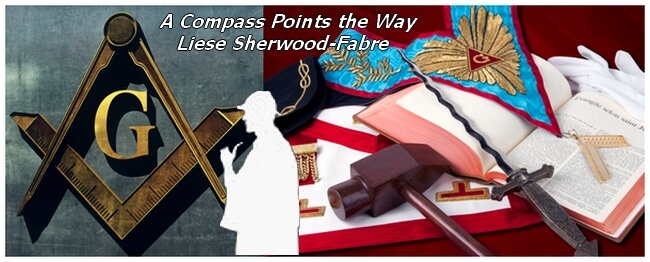
Author: Liese Sherwood-Fabre, award-winning writer

In “The Adventure of the Red-Headed League,” Holmes noted Jabez Wilson was a Freemason because he wore an arc-and-compass breastpin. Similarly, in “The Adventure of the Norwood Builder,” both Holmes and Watson identified John McFarlane as a Freemason because of a watch-charm. While Freemasonry can trace its roots back to at least the 14th century, the fraternal organization as it is known today developed in the early 1700s in England and Scotland (1) when the first Grand Lodge was formed in 1717. (2)
The compass on Wilson’s breastpin (and most likely part of McFarlane’s watch-charm)—along with the square—appears in Freemasonry’s most common symbols and represents the organization’s origins. Ancient architectural tools such as the compass and square were used to make straight lines and angles. (3) In the center the letter G will often be included, although various meanings have been attributed to the letter, including “geometry,” and “God.” (4) Current Masonic teachings note that the compass represents one’s relationships with others, as being honorable and truthful. The square represents self-control. Together, one leads a “true and virtuous” life. (5)
Freemason origins are shrouded in mystery. While stone masons were employed in the building of Egypt’s pyramids and the temple in Jerusalem, stone masons did not organize into guilds until the Middle Ages as a means of controlling their craft. As demand for cathedrals declined, the guilds began to accept non-working members to maintain their ranks. As the honorary members dominated the organization, the lodges shifted into the speculative Freemasonry recognized today. (6) Just as with the guilds, where new workers entered as apprentices to learn their trade, Masons today pass through three “degrees” of membership: Apprentice, Fellow Craft (skilled member), and Master Mason. (7)
Four lodges in England joined to create the Premier Grand Lodge of England in 1717, becoming the focal point of British Masonry with its members spreading across Europe and beyond as new lodges formed in both the North American colonies (George Washington was a Mason) as well as far east as Russia. (8) The Premier Grand Lodge introduced the first degree (Master Mason) above the Fellow Craft, and additional high degrees followed, identified as Scottish degrees (referring to the rites, not Scotland itself). French Masonry, however, added even more degrees, described by Etienne Morin in 1763 in his manuscript Order of the Royal Secret. When Morin traveled to Jamaica, he empowered another Mason, Henry Andrew Francken to establish lodges in the colonies. Francken also translated Morin’s manuscript into English, which created the basis for the Scottish Rite appendant organization operating primarily in North America in 1768. (9)
Part of the mystery of Freemasonry involves both these rites as well as the symbolism running through the organization. Development and use of such symbols related to the masonry craft prior to widespread literacy. While common to various lodges and countries, the meaning may shift between them. True Freemason scholars spend time studying these symbols for their deeper meaning within their society. Some of the most common include acacia wood, the double headed eagle, the blazing star, the lamb, the gavel, the sheaf of corn, and the eye. Additionally, specific dress is worn at meetings and other gatherings. These include the apron, the cable tow, and blue shoes or slippers. (10) Freemasons also greet and know each other with special handshakes based on their rank within the organization. (11)
While certain aspects of the society—such as particular rituals—are shared only with members (and at times only with those of a certain rank), Masons do not keep their membership secret, and many are well-known, including US presidents and a certain literary agent by the name of Arthur Conan Doyle. Neither did Jabez Wilson or John McFarlane, making it relatively easy for Holmes to recognize their affiliation.
Thank you very much for this article Liese Sherwood-Fabre.
Resources:
1) https://www.livescience.com/freemasons.html
2) https://beafreemason.org/faq
3) https://www.masonic-lodge-of-education.com/square-and-compasses.html
4) https://www.history.com/news/freemasons-facts-symbols-handshake-meaning
5) https://beafreemason.org/masonic-life
6) https://www.britannica.com/biography/Clement-XII
7) https://beafreemason.org/degrees
8) https://www.livescience.com/freemasons.html
9) https://scottishrite.org/about/history/
10) https://www.masonic-lodge-of-education.com/freemason-symbols.html
11) https://www.history.com/news/freemasons-facts-symbols-handshake-meaning

Recommended articles:
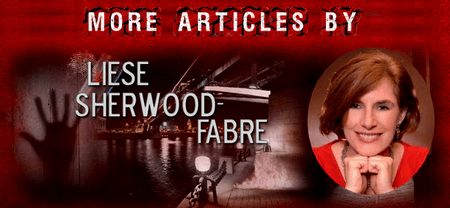
Read more:
Articles by Liese Sherwood-Fabre

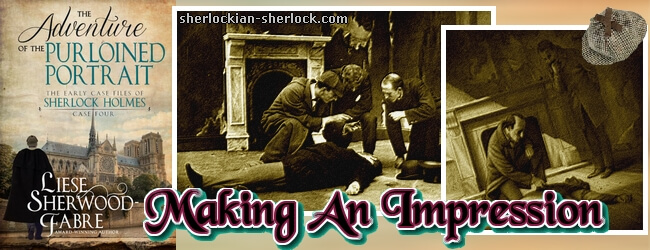
Making an Impression

|
